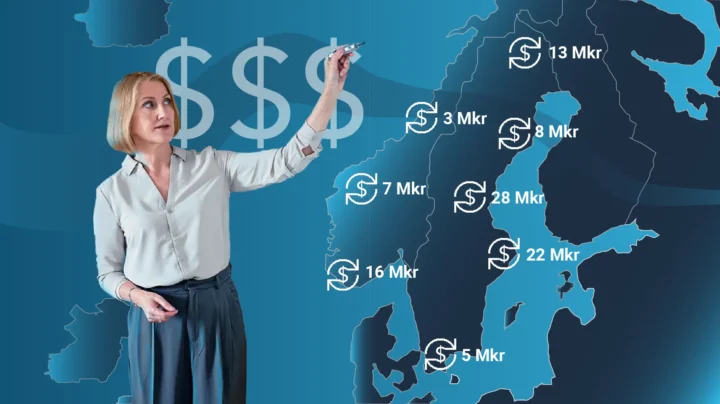Rolling Forecast: 12–18 Months
Many of our customers chose Planacy partly because they wanted to extend their forecast horizon, make more frequent forecast updates and work with rolling forecasts. Being able to quickly make adjustments and adapt to the current reality is something which has become increasingly important in recent years due to the pandemic, war, inflation and rapid currency changes.
You can create rolling forecasts in several different ways and with different forecast horizons. You either update quarterly or monthly. A common phrase you hear a lot these days is “Rolling 12”, which indicates that you have a rolling forecast with 12 months as a horizon.
Advantages with rolling forecast
Creating rolling forecasts helps companies to look further ahead – not only the next business year. Working with rolling-12 is efficient since you update the same month next year based on the month you just closed, which gives your forecast better precision. Particularly if you have reoccurring similarities in the monthly fluctuations.
More and more companies are choosing to work with rolling forecasts that look even further ahead than 12 months, for example 15 or 16 months. One advantage of choosing this method is that you get a better outlook: in September you get the next year’s budget “for free” which enables you to save a lot of time in the budget process and streamline your work with financial planning.
Among companies that are planning to change their forecasting horizon today, 63% want to adopt rolling forecasts, according to The State of Corporate Financial Planning 2025. Of those who do not currently work with rolling forecasts, 95% state that they are unable to do so because they lack a dedicated financial planning software.
Limitations with rolling forecast
One limitation with the traditional rolling forecast is that you only get a forecast up until the same month next year if you have a 12-month timeframe, maybe one or two months more if you have a longer timeframe. This means that you cannot make comparisons between the years, which limits the analysis. Also, most people in an organisation tend to think in calendar year, such as salespeople who often think and plan for what they need to sell in a year – not in 15 months.
Another drawback with rolling forecasts of 12–18 months is managing seasonality. Even if you can get a more precise forecast for seasonality with the help of rolling forecasts it can be problematic to do comparisons between the years.
Take a fitness & health center as an example. Say they have a rolling forecast with a 15-month timeframe. By the end of the year they will have two months of January included in their forecast. And what to people to in January? They’ve made a New Year resolution to start working out and they get a gym membership. Then in April, you only have one month of January included in the forecast and you can’t compare the different 15-month timeframes. There’s no fixed point here since the sales can differentiate significantly depending on the month. The person responsible for the forecast must always keep this in mind.




